Coros Pace Pro vs Coros Pace 3: I tested both GPS watches, and this is my honest opinion
Are you wondering whether to go with the smart and simple Coros Pace 3, or the big and bright Pace Pro? Check out our side-by-side comparison before you buy
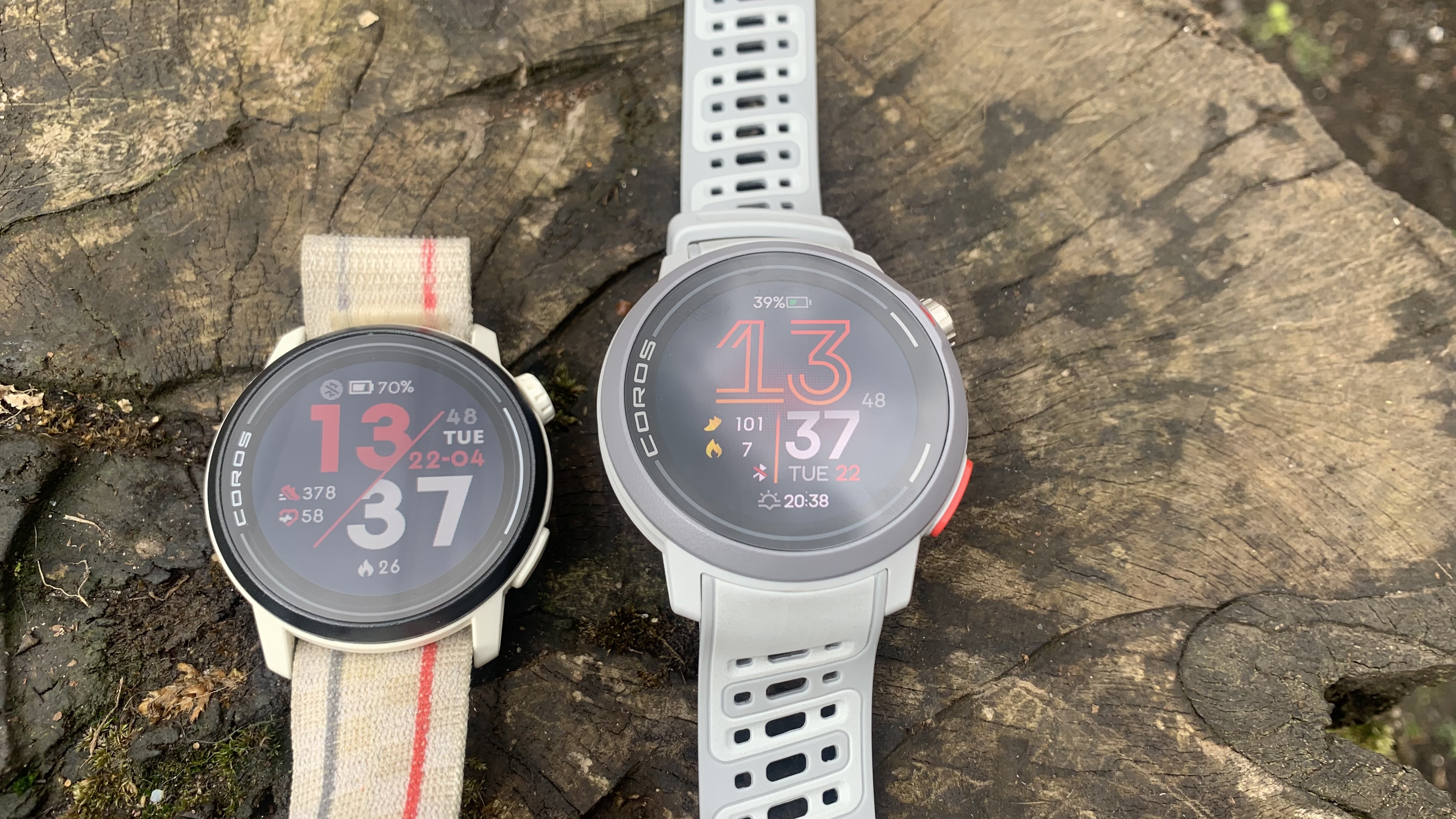
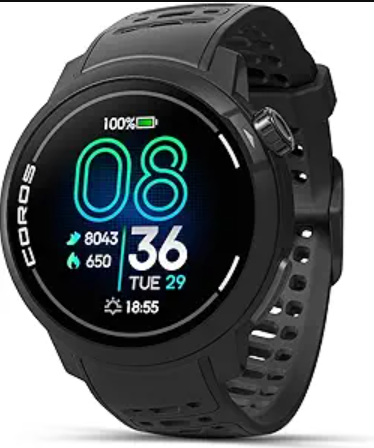
Coros has once again catered to athletes who want a great training watch but aren't fussed about smartwatch functions or fancy aesthetics. The main upgrades over its predecessor, the Pace 3, are a bigger screen with AMOLED display, the addition of proper maps and an even longer battery life. Otherwise, the Pace Pro will feel familiar to those already fans of the Coros brand.
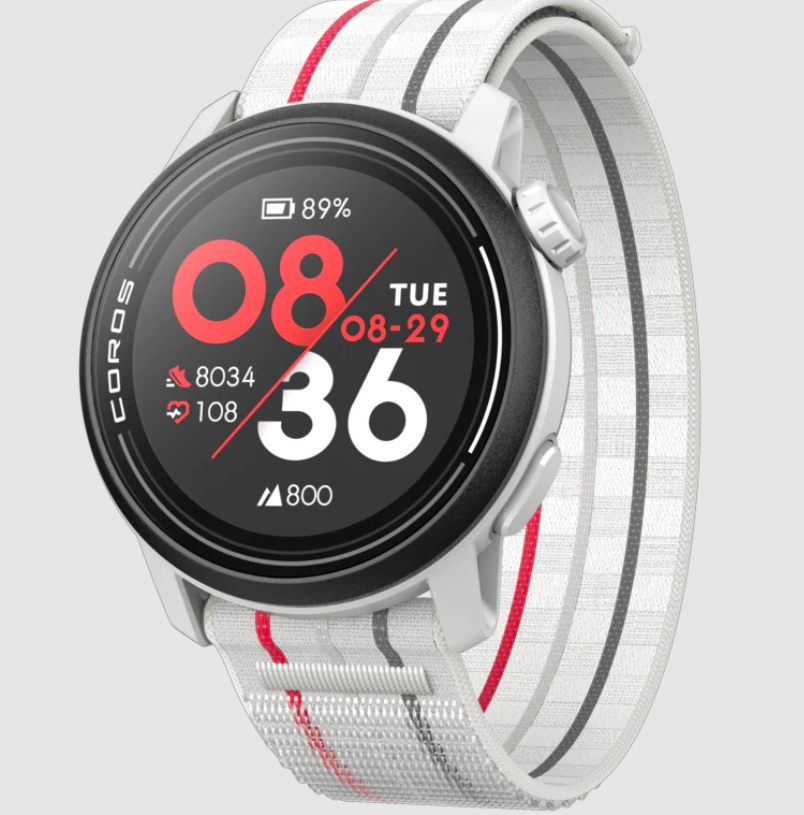
If you’re looking for a straightforward training tool that delivers heaps of data without costing and arm and a leg, the Coros Pace 3 the watch for you. It's easy and intuitive to use and low profile on your wrist, but delivers all the metrics and training tools you need. The display isn't AMOLED and the maps are basic, so this isn't for you if you need a navigation watch, but it will do nearly everything a more expensive watch will do.
After wearing the Coros Pace 3 sports watch for the past 18 months, I recently got the chance to test out the newer Coros Pace Pro. For a side-by-side comparison, I spent three weeks wearing one watch on each wrist during every hike, trail run, pool swim and yoga session I did to see how the two measure up.
Compared to Coros’ Apex watches, which are specifically for mountain athletes, the Pace series from the Orange County-based brand comprises watches for multi-sport users. While neither watch could exactly be described as “budget”, both are a lot more budget-friendly than watches from competitors like Garmin, but still make really great training companions.
The Coros Pace 3 launched in August 2023 and is Coros’ entry-level watch. The Pace Pro launched in October 2024, boasting a bright AMOLED screen and offline maps, and the brand says its for those seeking precision in performance.
So the Pace Pro is more high tech and featured, but does that automatically make it the better choice? In this article, I’ll guide you through the key similarities and differences between these two sports watches to help you decide which one is right for you.
The Verdict
First and foremost, both of these watches are built to be training tools and probably won’t satisfy a thirst for smartwatch functionality.
They’re lighter than many of their competitors and, though made from cheaper materials, they're both robust enough to handle outdoor adventures. Using the Coros app, you’ll be able to access a large suite of training tools, from training plans to recovery estimates and sleep tracking.
The main difference between the two watches is that where the Pace 3 is low profile and simple, the Pace Pro is big and bulky, with a bright AMOLED screen and proper maps. Though those functions are definite upgrades, they do make for a more burdensome watch and in my tests, I found the heart rate sensor wasn’t always the most accurate.
All the latest inspiration, tips and guides to help you plan your next Advnture!
If you seek a bright screen that you can view in all conditions and you want to use your watch to navigate, the Pace Pro is the better option, but if you don’t really need those things I’d suggest the Pace 3, which packs a lot of punch for a more pleasing price and is a great training tool.
Pros and cons
These watches are probably more similar than they are different, but they each have their strengths and weaknesses depending on how you plan to use them.
Pace Pro pros
- Bright AMOLED display
- Reliably accurate GPS
- Great battery life
- Proper maps with turn-by-turn navigation
- Easy-to-use
- Responsive touchscreen
- Lightweight
- 5 ATM water resistance
Pace 3 pros
- Impressive battery life
- Straightforward to use
- Great metrics
- Lightweight and comfortable
- Stays put when you’re on the go
- Low profile design
- 5 ATM water resistance
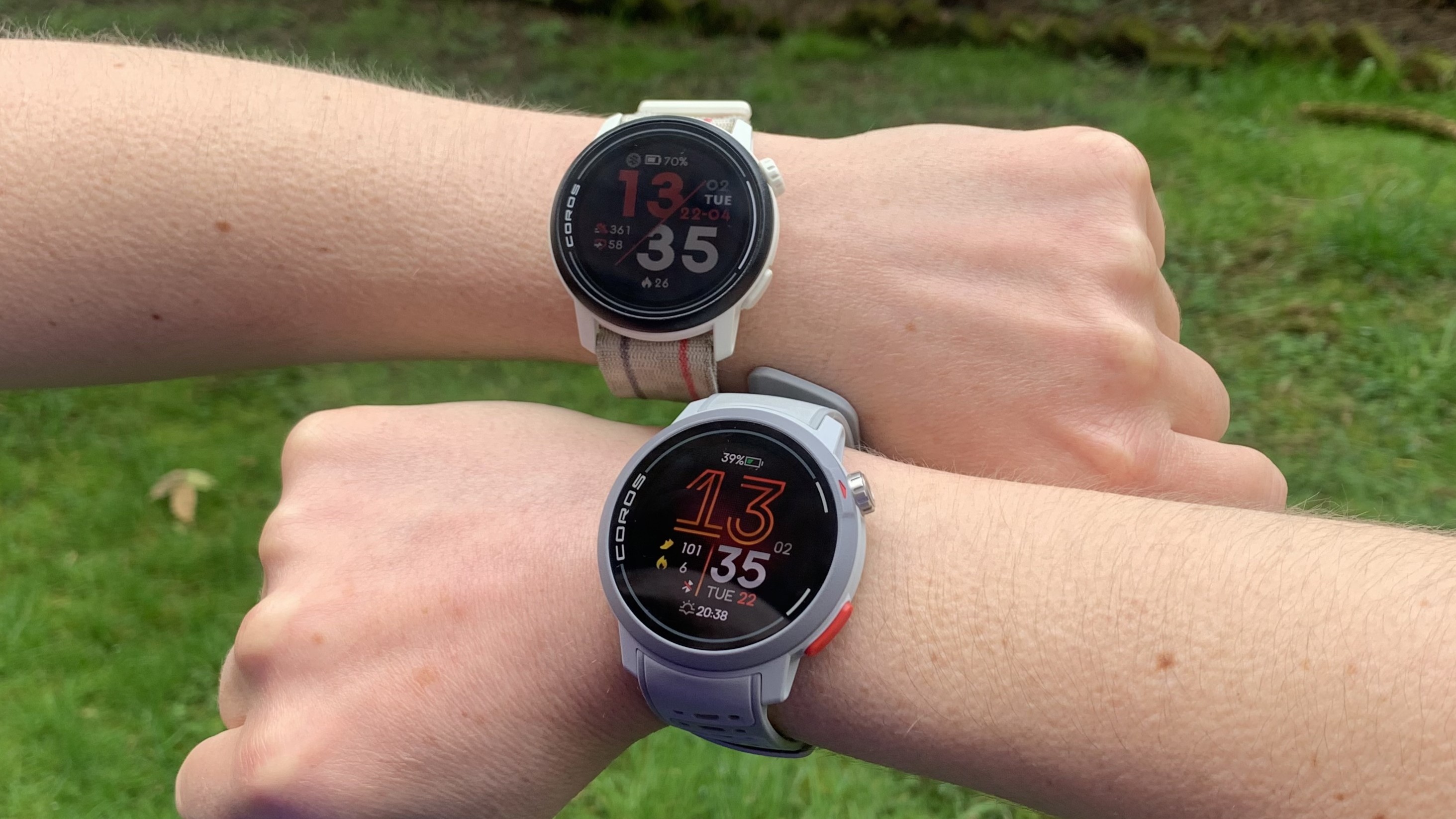
Pace Pro cons
- Heart rate monitor can be unreliable with silicone band
- Bulk and button placement means you can accidentally press Start/Stop button during workout
- Only one size available
- Plastic case looks a little cheap
- Mineral glass not as rugged
- Strap is fiddly and uncomfortable
- Limited smartwatch functions
Pace 3 cons
- Limited smartwatch functions
- Looks a little cheap
- Screen can be hard to read on sunny days
Price
- The Pace Pro is more expensive, and has more features
- The Pace 3 is very budget-friendly and great value
Both of these watches fall into the “affordable” category when compared to major competitors.
The Pace Pro is the more expensive of the two watches, costing $349 / £349. At $229 / £219, the Pace 3 is cheap enough to have made our list of the best cheap GPS watches.
Of course, the Pace Pro gives you the AMOLED screen and offline maps, but that’s only of value if you need them. Otherwise, you’ll get almost everything else with a smaller price tag in the Pace 3.
Design
- The Pace Pro is bigger than the Pace 3
- Both watches use mineral glass in the screens, which isn’t as tough as sapphire glass
- The watches share an identical design, with touchscreen capability
If you already own the Pace 3 and are considering upgrading to the Pace Pro, the good news is that the two watches have an identical design with two buttons to operate: a rotating Start/Stop button to scroll through options and select features, and a Back button that can cycle through data like sunrise and sunset times and heart rate or access system settings and additional features like alarm and stopwatch. The watches are intuitive and easy to get your head around quickly.
Both watches have optional touchscreen which can be turned on and off and works well. The big difference in design of course is that at 46mm, the Pace Pro is significantly bigger than the 41.9mm Pace 3. It’s also much bulkier in design and it is more difficult to wear with long sleeves.
As for build, both of these watches use mineral glass, which is easier to scratch than the sapphire glass preferred by brands like Garmin, and a fiber-reinforced polymer bezel, which looks and feels cheaper than stainless steel, but is also considerably lighter and arguably just as functional.
My Pace Pro came with a silicone strap that’s a bit uncomfortable and fiddly, while my Pace 3 has a nylon strap that’s both comfortable and easy to adjust to the perfect fit. You can select either a nylon or silicone strap at checkout, and I strongly recommend you go with nylon. It might look cheaper, but you’ll be more comfortable and potentially get better readings.
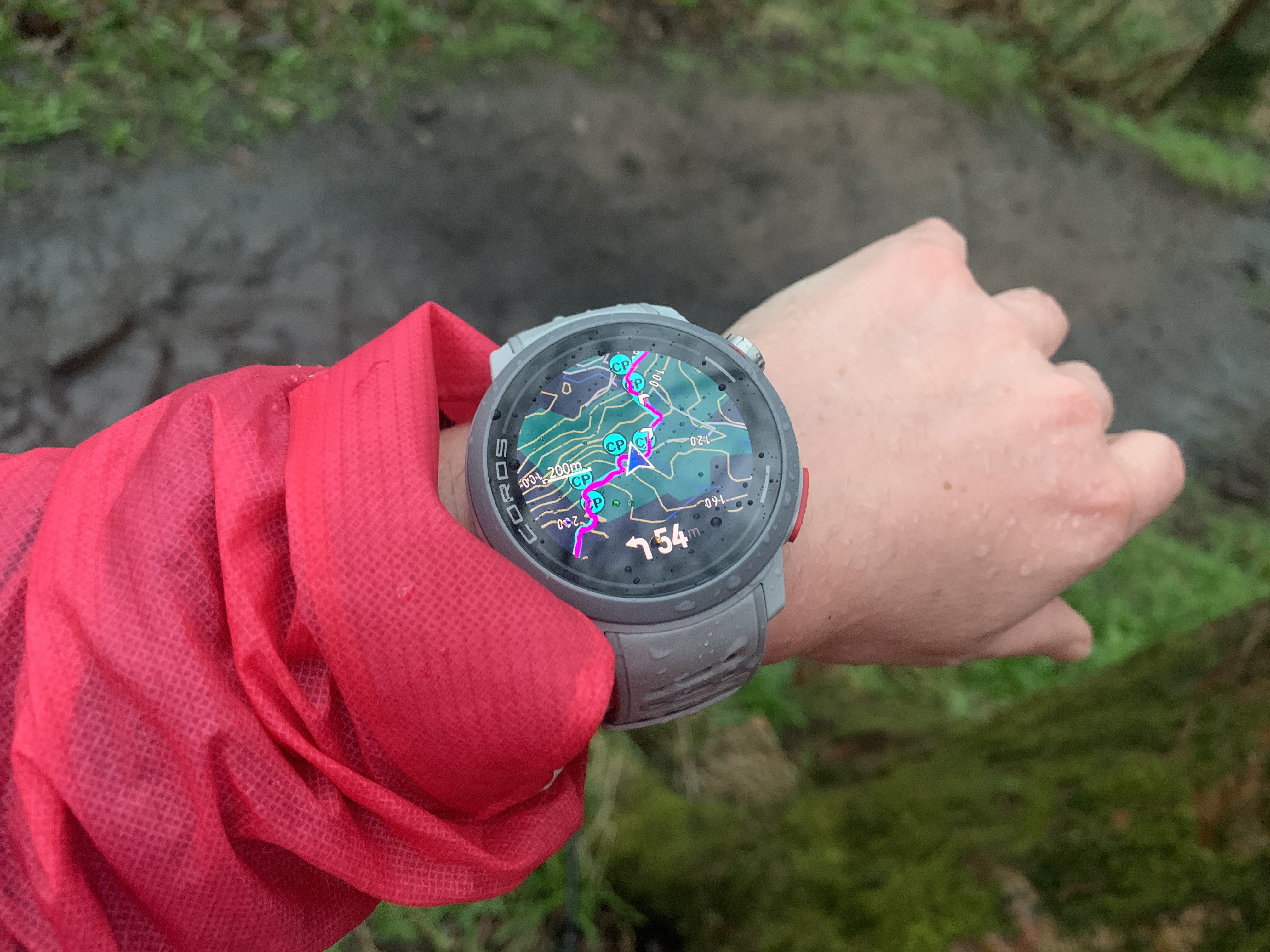
GPS
- Both models feature reliably accurate GPS
Both watches take only a few seconds to pick up my location and lock in on GPS coordinates when I get to the trailhead. They’ve proven themselves reliable in terms of tracking my movements and recording my overall distance, always within only a few feet of readings from other watches.
The Coros Pace Pro has color maps, so it’s reasonable to assume that you may want to use it for navigation, and I’ve found it to be accurate when following a GPX map that I’ve downloaded from AllTrails and sent to the watch. On a long, six-hour hike over four Munros, I was able to follow the map the entire way. I did find that the Pro quite frequently chirped at me to say I was a few feet off course when I wasn’t, but I really mean just a few feet, and it’s only in comparison to something really high-end like the Garmin Fenix 8 that I’d even bother mentioning this.
The Pace 3 only has line and pointer breadcrumb navigation, so while it’s not impossible to send a GPX file to it, it wouldn’t be as useful for navigating in the backcountry, and you’d want a backup device or a good old-fashioned map. That said, I’ve worn it on one wrist while testing the Garmin Fenix 8, Amazfit Active 2 and Suunto Race S, and it always records my adventures perfectly.
Health trackers and sports modes
- The main benefit of the Coros Pace Pro over the Pace 3 is the addition of an Electrocardiogram Sensor
Both watches will track your heart rate of course, using an Optical Heart Rate Monitor. Coros says this has been improved for the Pace Pro but in my tests, I’ve actually found the Pace 3 to be more accurate (except during swim workouts, where it’s consistently off). However, after some trial and error I believe this may be down to the awkward strap on the Pace Pro which means the watch might not fit correctly on some wrists, mine included.
In addition to common metrics like active calories and sleep tracking, both watches also give you insights into stress levels, recovery estimates, and overnight HRV as well as your weekly Training Load and Training Status (which is either decreasing, performance-ready, maintaining, optimized or excessive). As you can see, the health trackers are entirely focused on training and not the overall wellness trackers you might find on a smartwatch like the Amazfit Active 2.
Both watches have an Optical Pulse Oximeter to measure the saturation of oxygen in your blood, which could be useful when you're at altitude, training hard or have certain health conditions. The Pace Pro is also equipped with an Electrocardiogram Sensor, which it says helps provide a more accurate HRV reading. Personally, I’m not sure this is a metric I need, but if you’re really focused on improving your performance or setting a PB, it could prove useful.
Like any watch today, both Coros models have more sports modes than you could ever need. These two watches feature the same sports modes, with various disciplines in running, cardio, biking, winter sports and water sports including open water and pool swimming and rowing. Both have triathlon and multi sport features, but neither has a climbing mode, which you can find on the Coros Apex 2 Pro. Neither has a yoga function, but I got around that by creating my own as a Custom Sport.
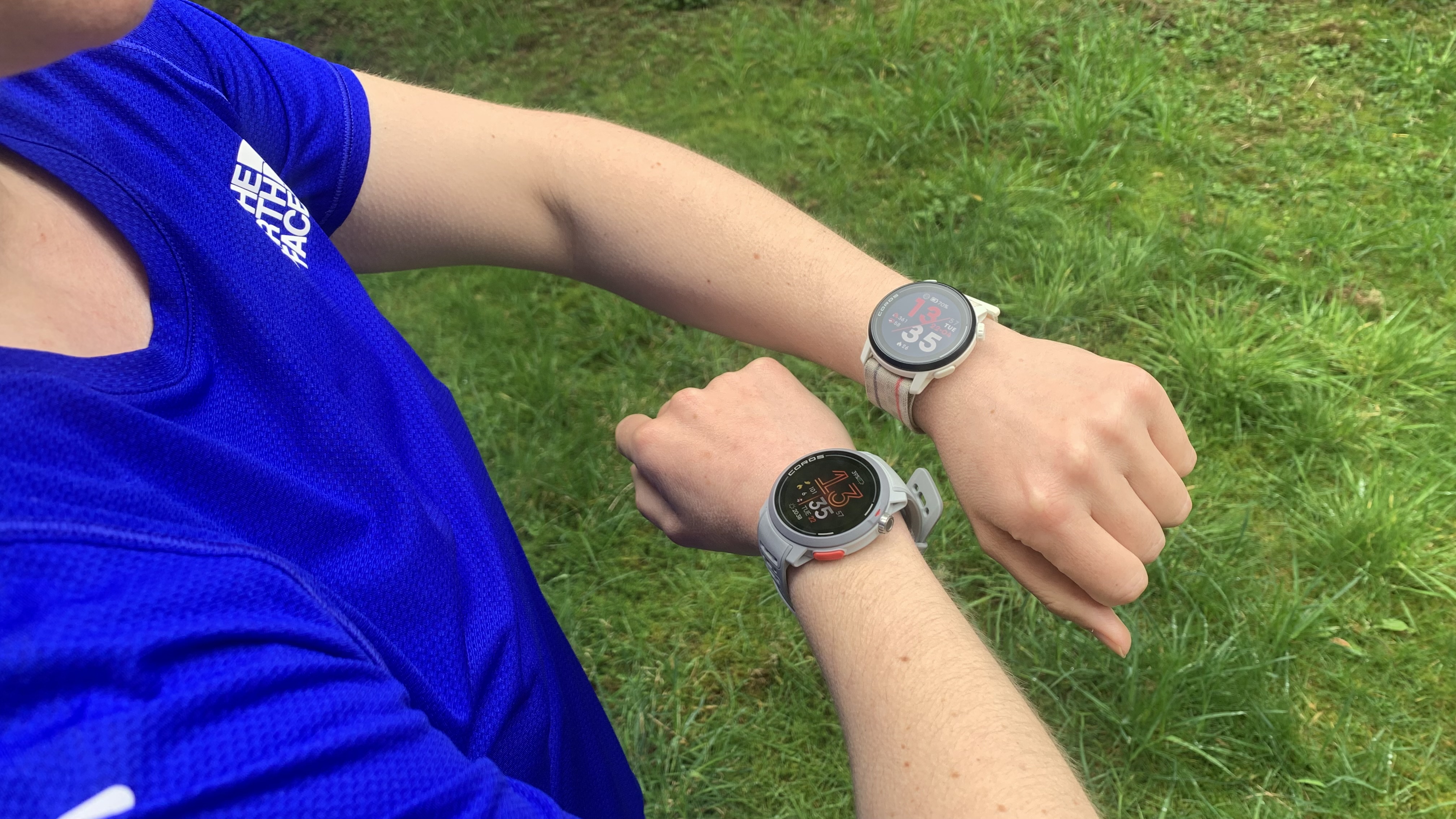
Display
- The Pace Pro is the first watch from Coros to feature an AMOLED display
The biggest difference between these two watches is that the Pace Pro is the first watch from Coros to feature an AMOLED screen. That means it's bright, sharp, and easy to see in all conditions, including bright sunlight, which becomes very important when you’re using the watch to navigate.
In comparison, the Pace 3 has an LCD screen which looks a little dark, and can be difficult to see in sunny conditions. With more and more cheaper smartwatches using AMOLED displays, including the Amazfit Bip 6, it does look a little dated, but it does the job.
Smartwatch features
- Both watches have limited smartwatch functionality
If you’re looking for a smartwatch that lets you answer phone calls and chirps at you to stand up when you’ve been sitting too long, the honest truth is that you should probably look elsewhere. The Coros Pace watches are true training watches, and while they have tons of great features like pacing and running form tests, they’re both seriously lacking in smartwatch functionality – and to be clear, I’m not saying that’s a bad thing.
What these watches will do is give you a preview of a text or other message, and alert you to an incoming call, but you won’t be able to read a long text in its entirety, reply or answer a call. You can play offline music if you pair either watch with a supported Bluetooth headset, which is a bit of a hassle, but a good option if you want to run with tunes and without your phone.
Other than that, you can expect basic functions like an alarm clock, timer and stopwatch plus find my phone and a weather report, but don’t expect either watch to be a replacement for your phone.
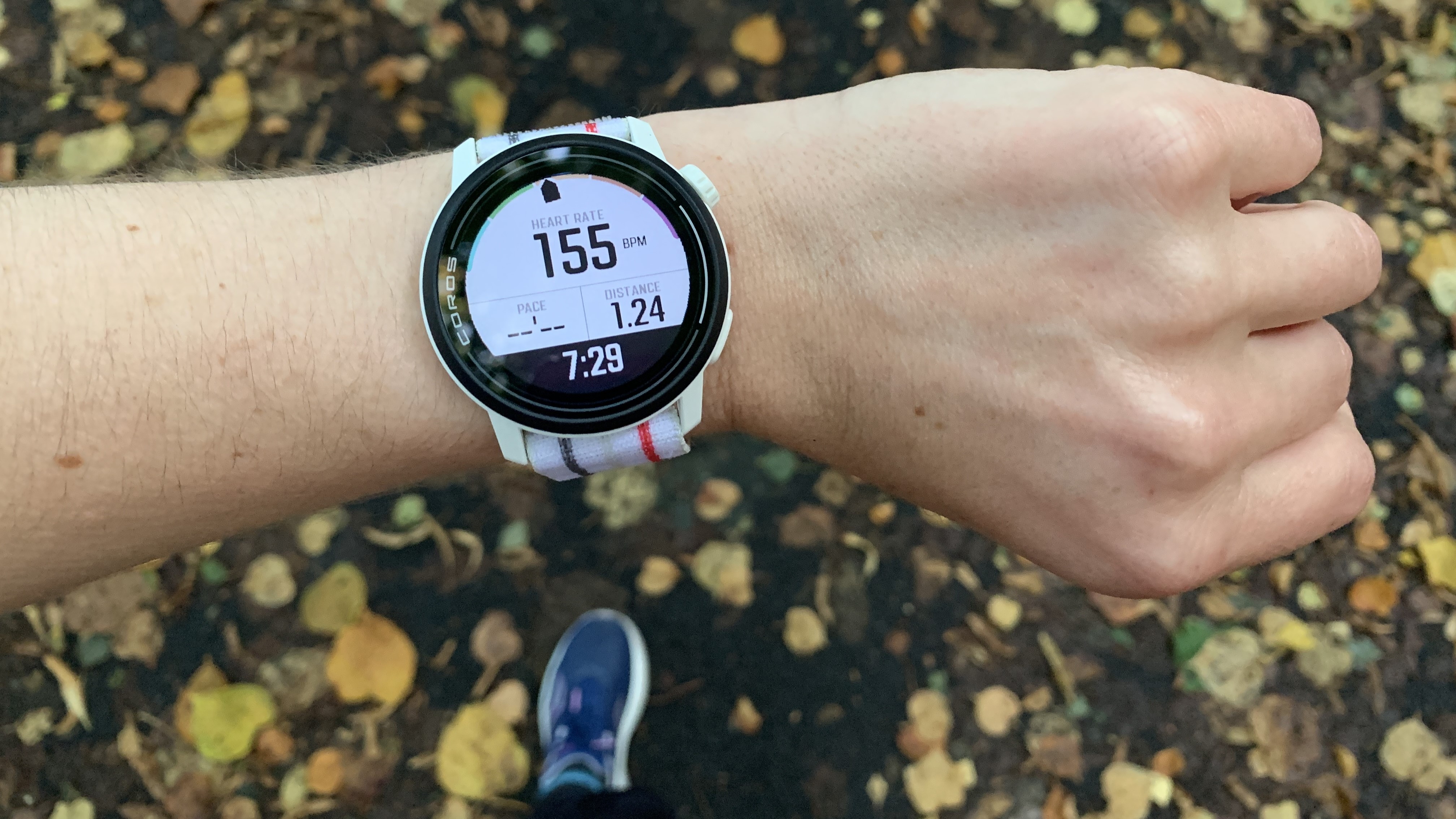
Battery life
- Both watches boast phenomenal battery life
I’ve been wearing Coros watches for the past year and a half and the battery life is envy of my Apple Watch and Garmin-wearing friends. On paper, the Pace Pro advertises 20 days in Daily Use and 38 hours in GPS mode. In practice, I used it in GPS mode every day for three weeks and only charged it twice, with the first charge lasting me 12 days.
The Pace 3 claims 15 days in Daily Use and up to 38 hours in GPS and even though I use it for every activity, I probably only charge it twice a month at most.
So, the price to pay for limited smartwatch functionality is that you can expect really impressive battery life from both watches, which is nearly on par with solar watches.
Julia Clarke is a staff writer for Advnture.com and the author of the book Restorative Yoga for Beginners. She loves to explore mountains on foot, bike, skis and belay and then recover on the the yoga mat. Julia graduated with a degree in journalism in 2004 and spent eight years working as a radio presenter in Kansas City, Vermont, Boston and New York City before discovering the joys of the Rocky Mountains. She then detoured west to Colorado and enjoyed 11 years teaching yoga in Vail before returning to her hometown of Glasgow, Scotland in 2020 to focus on family and writing.

